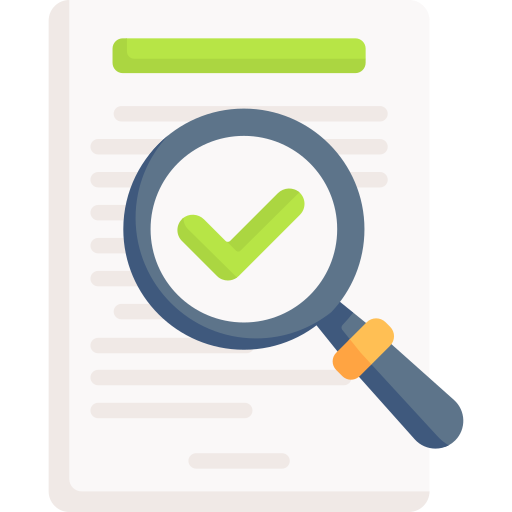You have been staring at a blank screen for half an hour. Your head is pounding and your eyes are starting to water. Occasionally you will type a few words, only to delete them. You need to write this paper for school (or perhaps it’s a report for work), but you just don’t know how to get it started!
The introductory paragraph sets the tone for the rest of your paper or report. It introduces the topic to your readers and lets them know what to expect. It can also establish (or ruin) your credibility as a writer. Sometimes it’s also the hardest paragraph to write. So let’s look at some strategies to help you craft a strong introductory paragraph.
Need Editing and
Proofreading Services?

Start with a fact that will interest your readers.
If you are writing an academic paper or anything else which needs to be written in a highly formal style, start with an interesting fact that is related to your topic. You can also present a problem that needs to be solved.
Here is an example:
In recent years, reports indicate an increase in the number of alligators that may possess DNA from an extraterrestrial species.
Of course, the “fact” in the above example is ridiculous and totally false. Still, you can write an opening sentence in a similar style using an actual fact or problem that is related to the topic of your paper.
Add some background information.
After the opening sentence, lead up to your thesis statement by including background information from the articles and books you have read. Since you have probably read a lot of material about your topic, how do you know which information to include in an introductory paragraph?
Imagine the people who will be reading your paper. If it’s an assignment for a class, your professor might be the only person who actually reads the whole paper. Still, think of a potential audience beyond the professor—your classmates, other students who are majoring in this subject, perhaps even professionals in this field. If you are writing a report for work, your audience could consist of colleagues, customers, or people in various positions in your company. What do they need to know in order to understand the point of your paper or report?
If our earlier example about the alligators was real, you might write a couple of sentences about who initially discovered the alien DNA, or summarize research findings regarding these alligators. Here is an example of what that might look like:
Since 2003, the state of Florida has had a policy that requires a DNA sample to be collected from any captured or killed alligator (Greene and Skaley, 2006). As wildlife biologists analyzed those samples, they observed a sharp uptick in the number of alligators possessing DNA that appears to originate from a species living on one of the moons of Jupiter (Tinhat, 2017).
The key is to choose information that can be tied to your thesis statement. Otherwise, it might sound like you are just throwing out random ideas.
Note: If any of your background information comes from other sources (and it probably will), remember to cite those sources according to the style guide that is used by professionals in your field.
Now let’s move on to the thesis statement…
A thesis statement is a sentence that explains the main idea of your paper. It should be written in the same formal style as the rest of your paper, but at the same time it should be easy for your readers to understand. You don’t need to include a lot of details. Just give the readers an overview and provide them with the details later.
The thesis statement usually comes at the end of your introductory paragraph. However, if you are writing a lengthy, detailed research paper, you might need two or more paragraphs to “set the stage” for your thesis statement.
For our paper on alligators, this is a possible thesis statement:
In this paper, I will use data scraped from consumer review sites to show that it is likely the wildlife biologists have been using faulty equipment that is providing them with misleading results, and that it is unlikely that the alligators in Florida actually possess alien DNA.
What if you are writing a report for work? Although you might not use the term “thesis statement”, you can still end your introductory paragraph with a sentence that sums up the main idea of your report. This gives you a solid foundation and makes it easier for your readers to follow along.
Be mindful of spelling and grammar.
Whether you are writing a paper for school or work, your introduction should be free of spelling and grammatical errors. It also needs to be well organized. You want your readers to see you as a credible, knowledgeable source. This might be your first semester at a university, but it’s not too early to start thinking of yourself as a professional.
Need Editing and
Proofreading Services?

If you have written an introductory paragraph and you would like a professional editor to provide you with some feedback, click the blue box below. You can also submit your entire paper here.








2 Replies to How to Write a Strong Introduction
Dear
I am asking God to be with you all the time and protect you from things with your family members.
Thank you for your support. I really appreciate it.
God bless you for great Job
Thank you!
Ask an Editor: A New TextRanch Feature!
Proofreading vs. Editing: What’s the Difference?
Human Editors: Why Do You Need One?
How can I improve my understanding of native-English speakers? Part 1